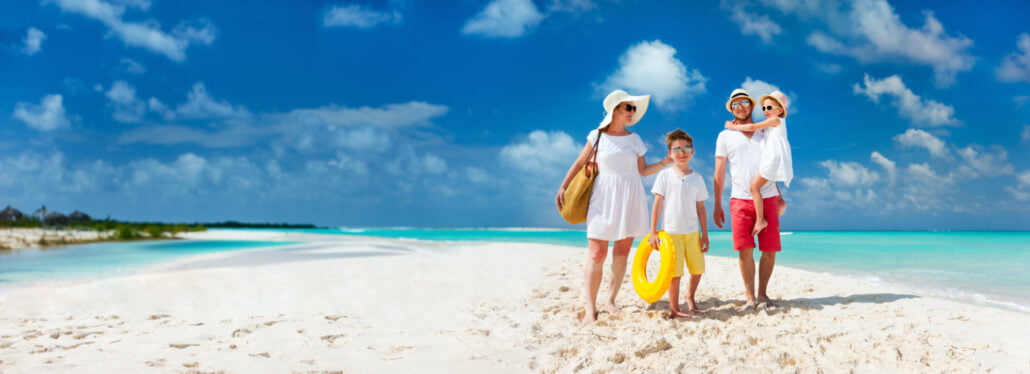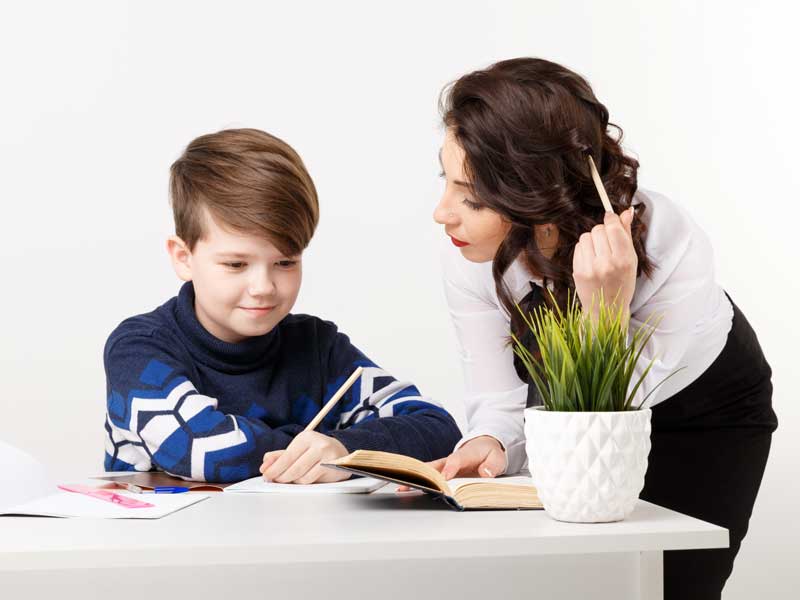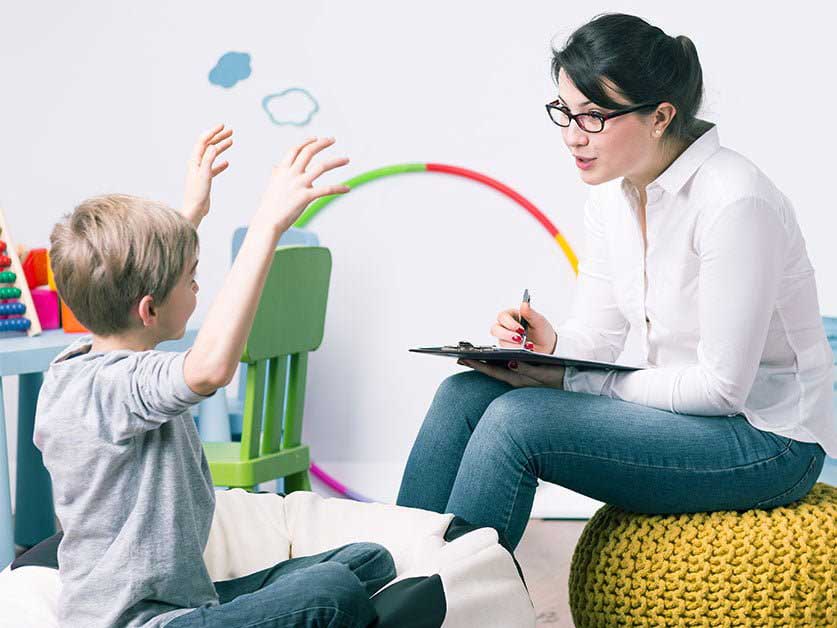Vacations are supposed to be fun and relaxing, right?
The purpose of vacation for most of us to take a break from our regular routine. That’s not always true for those on the autism spectrum.
To make vacations more fun and relaxing for those with ASD takes advanced planning.
In This Article:
The Need To Plan
Stress Relief
10 Vacation Planning Tips
The Need To Plan
When you decide to take a vacation, there are many details that you consider and contingencies that you plan for. When you have a family member with ASD, there is a whole new level of planning that needs to take place for the vacation to be successful. (Click here to read Why Create A Well-Defined Plan in 2021?)
The benefits that most of us get from a vacation are often the exact reasons that a person on the autism spectrum probably won’t enjoy the vacation (or at least won’t find it restful).
For example, many of us love finding new restaurants with different food than we have ever had before. This is terribly stressful for someone on the spectrum, who would probably much prefer their familiar McDonald’s chicken nuggets to anything else.
We may love seeing new scenery and new places. Someone on the spectrum would probably like to retreat to anything recognizable and familiar.
Many of us enjoy going to different climates on vacation. Someone with autism may not want any change to the temperature to which they are accustomed.
“To make vacations more fun and relaxing, it takes advanced planning.”
If we are lucky, perhaps we have gotten some new clothes for our travels. Someone on the spectrum, would prefer to wear the same shirt and pants he or she has been wearing every day for the last 2 months over wearing something new.
Stress Relief
Many of us find stress relief in getting away from our routine. Someone with autism may experience incredible anxiety at the change in their routine. (Click here to read more about The Times 10 Intensity Rule of Thumb.)
New sights, new smells, and new sounds that are stimulating and refreshingly enjoyable to most vacationers will probably present monstrous and overwhelming processing challenges for the person with autism.
Travel whether by air, rail, or car can also present numerous sensory challenges for those with ASD. So, while you’re planning your trip, discuss with your ASD loved one different travel modalities.

10 Vacation Planning Tips
So, what can we do to plan for the comfort of our loved ones on the spectrum while on vacation? (Click here to read Does the Start of Summer Make You Want To Hide Under Your Hat?)
Here are 10 tips and tricks for traveling on vacation:
- Pack a sensory support bag. Include items like a hat with a bill, sunglasses, noise canceling headphones, recorded music of the individual’s preference, a small blanket, and other items that might provide relief from sensory overload. If your loved one is a gamer, be sure to include a handheld game.
- Allow the individual to help plan the trip. How long will you be gone, what modes of transportation will be used, and what you will do while on vacation?
- Create a visual calendar of events, sites, or outings you will take while you are gone.
- Be sensitive to the food preferences of the individual and pack snacks or other favorites that are easy to take along in case the meal venue presents a challenge for the palate of the individual.
- Try not to rush. A more laid-back pace is usually easier for the individual to manage, and may even be more relaxing for everyone!
- Plan breaks. If you are going to have a full day of fun in the sun, plan for a shaded quiet place where resting, napping or sensory escape is more easily attained.
- Be Flexible. Remember that being out of their element puts individuals with ASD on high alert, and may make it more likely that a meltdown could occur.
- Develop a bonus reward for the individual if they will cooperate with the plans for the day. For example, bring along a new video game that the child might see as a special reward for managing the day. Motivate adults with their favorite meal, or an evening with no plans so they can have the freedom to do as they please.
- Suggest that the individual keep a photo record of your trip. If the person likes taking pictures, this can give them a way to engage with the world and feel more comfortable. Don’t do it if it becomes a chore. This can be turned into a nice keepsake that you can use later to remind the individual of the successes and pleasures they experienced.
- Use maps to help the individual know exactly where they are, especially if you are driving by car. Maps can also help in preparation for the trip so that the individual knows where they are going, how long it takes to get there, etc. Maps are a great tool to help the person with ASD to get their bearings.
When you spend a little extra time and planning with the awareness of the needs of the family member on the autism spectrum, hopefully your vacation will be successful and everyone can relax and have fun!
P.S. Share this with someone who isn’t aware of how a little planning can go a long way to more fun.






